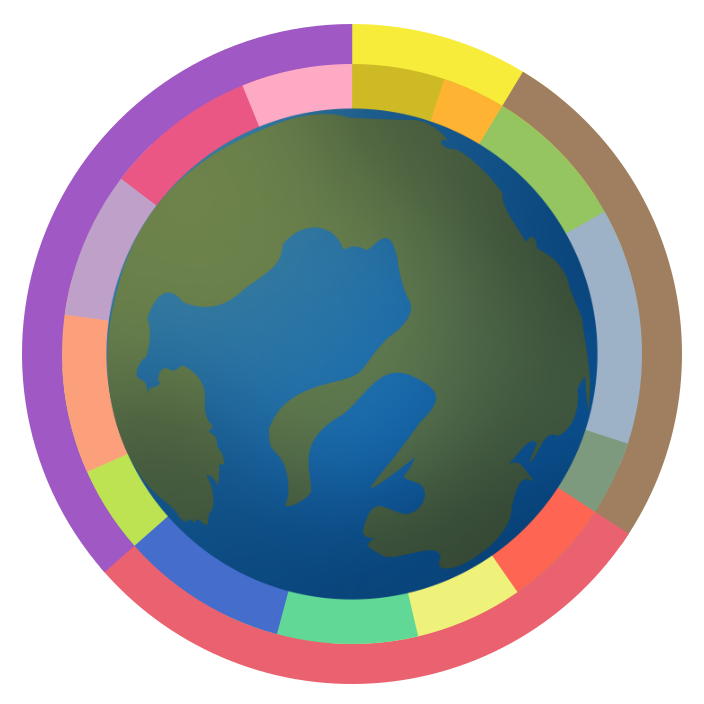
Welcome to the Future
What would the earth be like millions of years in the future? This question has been asked before, perhaps most prominently in the book After Man and the television series The Future is Wild. This project is another sojourn into a possible future of the Earth, a crossroads of science and imagination.
We begin our journey one million years in the future. Humans are extinct, and have taken many species with them. The earth is on the road to recovery, as the species that still survive begin to radiate, replacing those that went extinct in the Holocene. For the rest of the Cenozoic era, mammals continue to hold ecological dominance in a world that soon becomes cold once again.

The Cenozoic gives way to the warm, wet Proximozoic 52 million years in the future. This far into the future, the continents, which until now have stayed far separate, begin to converge once again. A new supercontinent is born at the beginning of the Neozoic era, 205 million years in the future. Over the course of the Neozoic, the earth gradually turns from a hot, dry world into a cold, wet one. As the years go on, life gets ever more unfamiliar to the modern eye.
As the Neozoic fades into the Ultimozoic 381 million years in the future, the last major ice age gives way. The continents split apart once again as the world gets gradually hotter. As time goes on and the sun begins to expand, natural systems start to collapse, and multicellular life gradually dies back. The expanding sun will heat the earth until the oceans evaporate, and life finally disappears 2.8 billion years in the future.
Begin the journey in South Dakota, 1 million years in the future, or explore this website at your leisure. Although additions may be disjointed or infrequent, eventually a cohesive picture of the future will emerge.